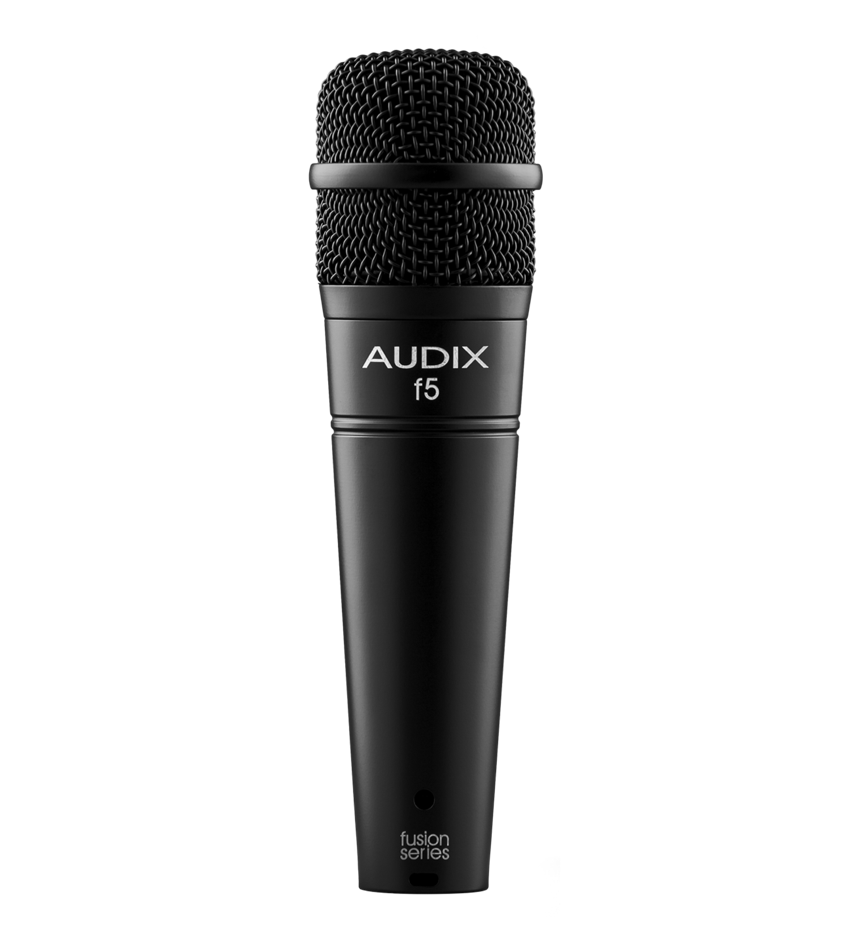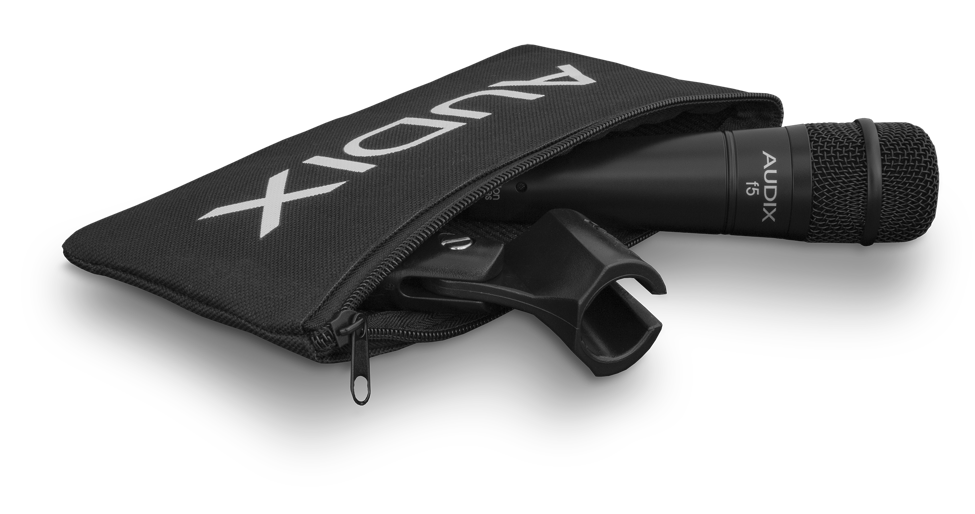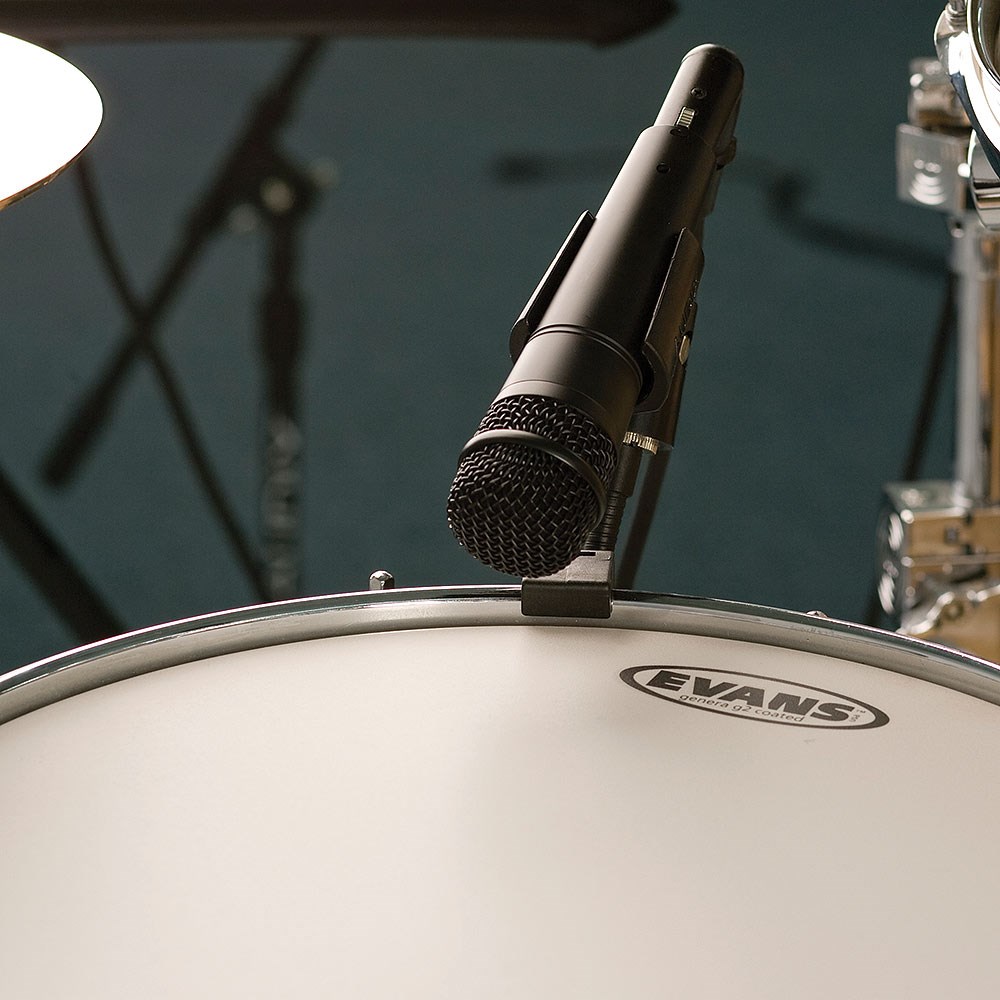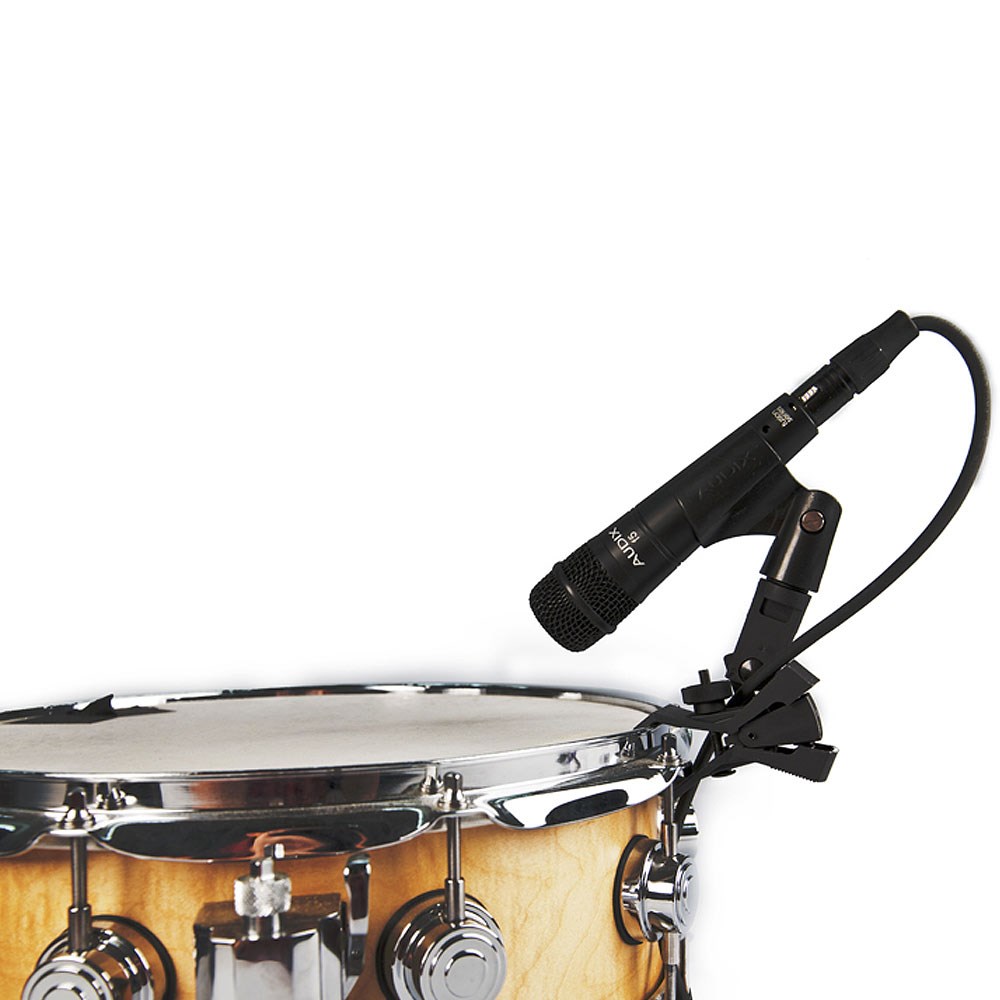Vragen? Betere prijs gezien?
Bel 0512 - 340457 of neem contact op!
Product omschrijving
F5
Affordable dynamic instrument microphone
The Fusion Series microphones represent affordable excellence.
The f5 dynamic instrument microphone is an ideal choice for snare, toms, percussion, and acoustic instruments in live and studio applications. A hypercardioid pick-up pattern helps to minimize feedback and isolate the instrument from ambient sound.
The f5’s low impedance and balanced output allow interference-free performance.
Designed, assembled, and tested by Audix in the USA.
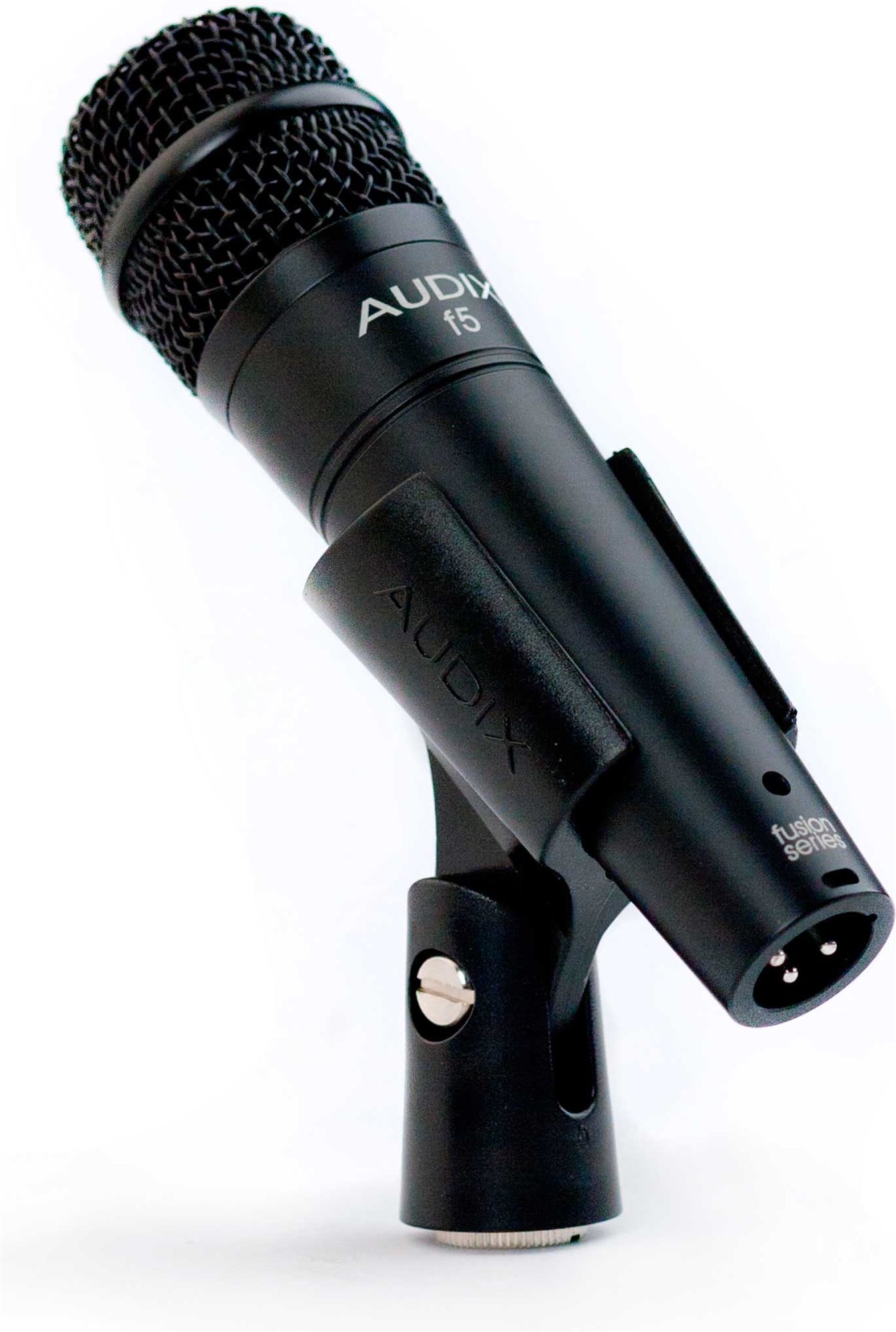
FEATURES
- Affordable all purpose instrument mic for live sound or home studio
- Clear and accurate sound with wide frequency response
- Designed, assembled & tested in the USA
- 3 year warranty
APPLICATIONS
- Live stage, studio
- Snare, toms, percussion
- Guitar and bass cabinets, electric instruments
- Brass, flute, woodwinds
- Acoustic instruments
- Vocals, speech
SUPPLIED ACCESSORIES
- MC1 - Heavy-duty nylon molded clip with brass insert
- P1 - Carrying pouch
OPTIONAL ACCESSORIES
- CABGRABBER - Tension-fit mic holder that clamps onto most combo amps or cabinets between 8”-14” in depth.
- CBLDR25 - 25’ premium right angle XLR-XLR balanced mic cable. Quad conductor, twisted pair with braided shield for maximum conductivity. 6 mm PVC jacketed.
- CBL20 - 20’ premium XLR-XLR balanced mic cable. Quad conductor, twisted pair with braided shield for maximum conductivity. 6 mm PVC jacketed.
- DCLAMP - Flexible mini-gooseneck with drum tension lug mount. Includes DCLIP plastic clip.
- DFLEX - Dual pivot rim mounted clip with extra wide butterfly jaws.
- DVICE - Flexible mini-gooseneck with spring loaded rim mount clamp.
- TRIPOD - Metal tripod desktop stand for use with any 5/8” threaded mic clip.
- WSi5 - External windscreen
SPECIFICATIONS
Transducer Type: Dynamic
Frequency Response: 55 Hz - 15 kHz
Polar Pattern: Hypercardioid
Output Impedance: 580 ohms
Sensitivity: 2.2 mV / Pa @ 1k
Capsule Technology: LM Type A
Off Axis Rejection: >20 dB
Maximum SPL: ≥137 dB
Power Requirements: None
Connector: 3-pin XLRm
Polarity: Positive pressure on diaphragm produces positive voltage on pin 2 relative to pin 3 of output XLR connector
Materials / Finish: Zinc Alloy / Black Finish
Weight: 283 g / 10 oz
Length: 145 mm / 5.7 in
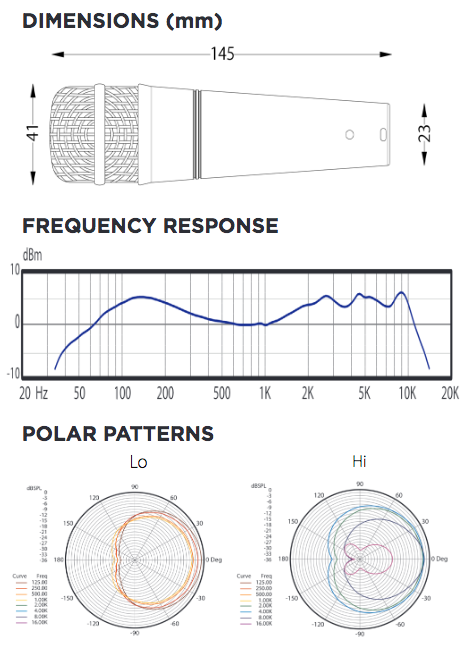
OPERATION AND MAINTENANCE
The f5 is a low impedance microphone and should be plugged into a ‘mic level’ input on your console, mixer or recording device. Please note that your microphone does not require phantom power and will not be affected in any way by phantom power should it be running simultaneously when the microphone is in operation. Avoid plugging or unplugging the microphone from the PA system unless the channel is muted or the volume of the system turned down. Failure to do so may result in a loud ‘popping’ noise which could seriously damage the speakers in the PA system.
The f5 is manufactured to exacting specs with roadworthy construction. However, the capsule is highly sensitive and should be handled with care. Avoid extreme temperatures and be sure to store your microphone in the pouch provided when not in use. Moisture of any kind can adversely effect the sound and performance of your microphone.
USER TIPS
The f5 has a tight (hypercardioid) pick-up pattern in order to help eliminate sound from other instruments on stage from ‘bleeding’ into the microphone. For this reason, the f5 is well suited for drums and percussion in be able to capture the sound of each component of the kit.
Snare: Start with the f5 about 2 inches above the head and aimed towards the center of the drum. For more ‘rim’ effect, the f5 can be aimed less towards the center and more towards the rim. It is not uncommon for engineers to place the mic practically on the drum head to achieve a very tight, cracking sensation.
Toms, congas: Similar to snare. For tighter sound and more attack place, the mic closer to the head. For more decay and overtones pull the mic further away from the head.
Guitar cabs: The f5 can be placed within 1-2 inches of the grill cover at a 90 degree angle pointing directly into the speaker. If the mic is placed closer to the edge of the speaker, you will minimize the higher frequencies and get a warmer, fatter tone. To capture more highs, move the mic closer towards the center of the speaker, but avoid the middle of the speaker.
Horns: Place the mic within 1-3 inches of the bell, especially when on a stage with drums, bass, guitar, etc. For jazz, classical, and music where the stage volume is lower, the mic can be placed further away for a richer, fuller, sound. Allow a distance of 2-3 feet between microphones to avoid phase cancellation issues.
Further miking techniques may be found at www.audixusa.com.

 Product is toegevoegd aan uw winkelwagen
Product is toegevoegd aan uw winkelwagen